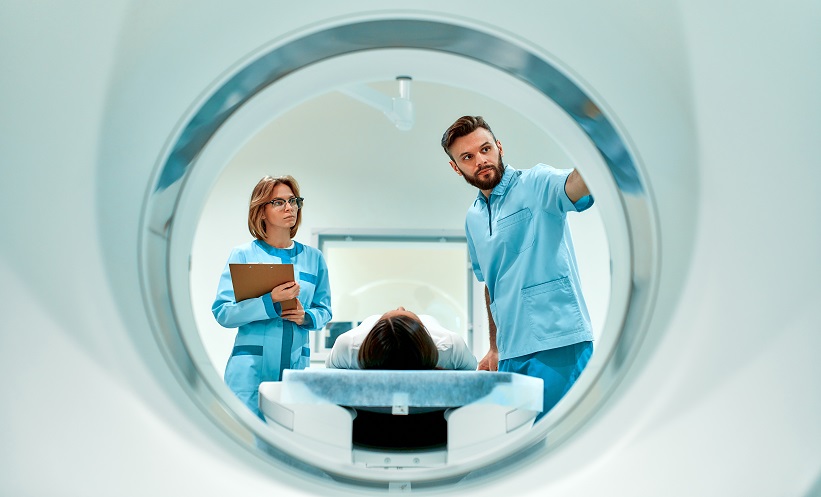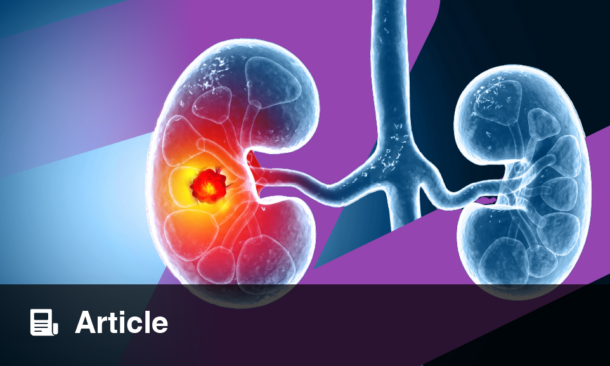A RECENT study has found that PET/CT imaging with gallium-68 (Ga-68) pentixafor can effectively guide surgery for patients with primary aldosteronism (PA), a leading cause of high blood pressure. The findings suggest that the technique may be as effective as the current gold standard, adrenal vein sampling, in determining the dominant side of aldosterone secretion.
The study involved 91 patients who underwent surgery based on their scan results. The researchers found that Ga-68 pentixafor PET/CT successfully identified functional adrenal lesions in both unilateral and bilateral PA cases, leading to favourable post-operative outcomes.
PA occurs when the adrenal glands overproduce aldosterone, causing secondary hypertension. In most cases, this is due to benign tumours in one adrenal gland, but it can also involve both glands, making accurate localisation essential for surgical intervention. While adrenal vein sampling is currently the most reliable method for determining which gland is dominant in aldosterone production, it is invasive, expensive, and requires significant technical expertise.
In early studies, Ga-68 pentixafor PET/CT showed high sensitivity (100%) and specificity (78.6%) in distinguishing between unilateral and bilateral PA cases. The new study aimed to further evaluate the clinical value of this imaging technique in guiding surgical decisions.
Of the 91 patients with PA, 73 had unilateral adrenal lesions, and Ga-68 pentixafor PET/CT identified 63 of these cases. Among those who underwent surgical resection, 95.2% experienced successful outcomes. Meanwhile, in 18 patients with bilateral lesions, the imaging technique identified positive lesions in 15 cases, and 86.7% of these patients benefited from adrenalectomy.
Overall, the accuracy of Ga-68 pentixafor PET/CT in identifying the dominant side of aldosterone secretion was 85.7%, a rate comparable to adrenal vein sampling. However, the researchers stressed that further studies involving larger patient groups are needed to confirm whether this non-invasive technique could replace adrenal vein sampling in clinical practice.
“There is a compelling need to explore non-invasive alternative methods,” the authors concluded, highlighting the potential of Ga-68 pentixafor PET/CT to improve treatment outcomes for PA patients.
Reference
Ding J et al. 68Ga-pentixafor PET/CT in guiding surgical management of primary aldosteronism. J Nucl Med. 2024;65(1):117-24.








